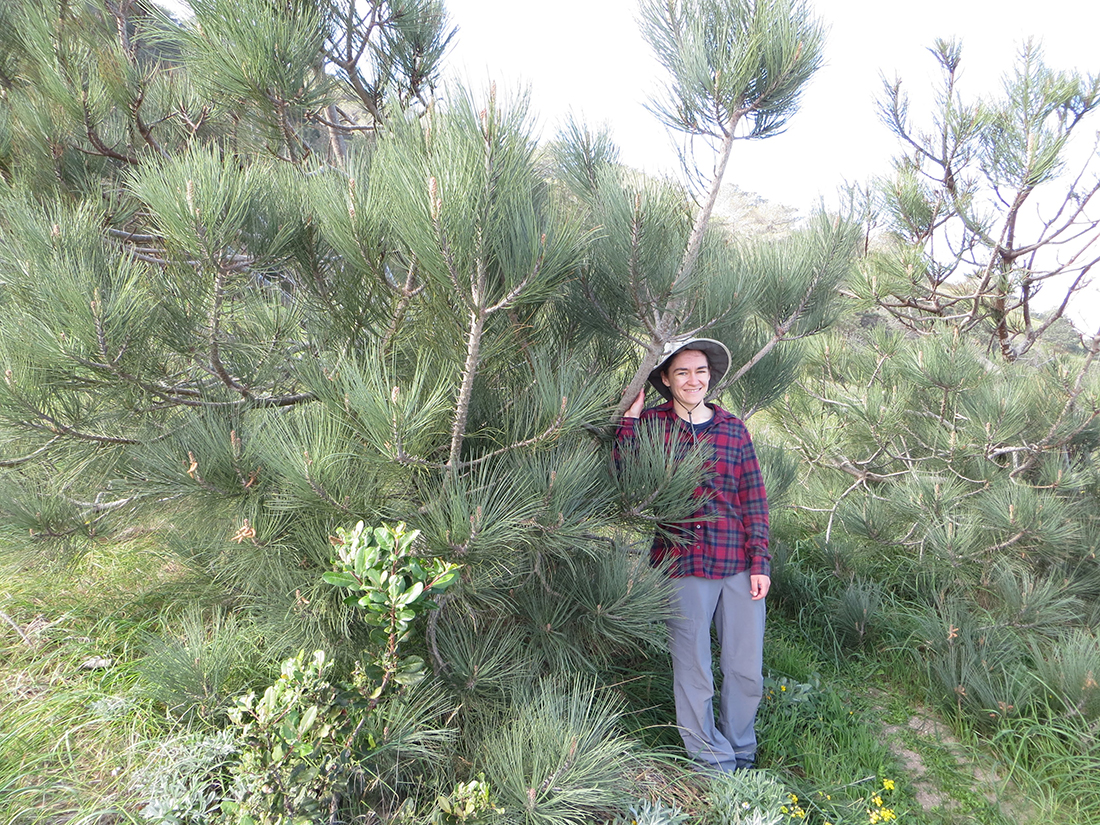2025-06-03 ペンシルベニア州立大学

<関連情報>
- https://www.psu.edu/news/research/story/isolated-torrey-pine-populations-yield-insights-genetic-diversity
- https://onlinelibrary.wiley.com/doi/10.1111/eva.70094
トーリーパイン(Pinus torreyana Parry)における繁殖隔離の遺伝的基盤: 交雑と適応からの洞察 Genetic Basis of Reproductive Isolation in Torrey Pine (Pinus torreyana Parry): Insights From Hybridization and Adaptation
Lionel N. Di Santo, Alayna Mead, Jessica W. Wright, Jill A. Hamilton
Evolutionary Applications Published: 31 March 2025
DOI:https://doi.org/10.1111/eva.70094

ABSTRACT
Tree species are often locally adapted to their environments, but the extent to which environmental adaptation contributes to incipient speciation is unclear. One of the rarest pines in the world, Torrey pine (Pinus torreyana Parry), persists naturally across one island and one mainland population in southern California. The two populations are morphologically and genetically differentiated but experience some connectivity, making it an ideal system for assessing the evolution of reproductive isolation. Previous work has found evidence of heterosis in F1 mainland-island hybrids, suggesting genetic rescue could be beneficial in the absence of reproductive barriers. Using ddRADseq and GWAS for a common garden experiment of island, mainland, and F1 individuals, we identified candidate loci for environmentally driven reproductive isolation, their function, and their relationship to fitness proxies. By simulating neutral evolution and admixture between the two populations, we identified loci that exhibited reduced heterozygosity in the F1s, evidence of selection against admixture. SNPs with reduced F1 heterozygosity were enriched for growth and pollination functions, suggesting genetic variants that could be involved in the evolution of reproductive barriers between populations. One locus with reduced F1 heterozygosity exhibited strong associations with growth and reproductive fitness proxies in the common garden, with the mainland allele conferring increased fitness. If this locus experiences divergent selection in the two natural populations, it could promote their reproductive isolation. Finally, although hybridization largely reduced allele fixation in the F1s initially, indicating heterosis is likely due to the masking of deleterious alleles, the emergence of reproductive isolation between populations may diminish the longer-term benefits of genetic rescue in F2 or advanced-generation hybrids. As Torrey pine is a candidate for interpopulation genetic rescue, caution is warranted where longer-term gene flow between diverged populations may result in reduced fitness if barriers have evolved.

